Rates
Dates
Rates:
PER PERSON:
$ 1,550.00 (double / twin occupancy)
Dates:
Hotels:
The rates are based on standard accomodations.
Upgrade and downgrades are available based on your budget
Included:
- Fully customizable itinerary: make this tour your dream tour and customized it the way you want for no extra charge
- Flexibility: you decide when to start and make changes in the daily itinerary
- Private Guide: Fully licensed English speaking guide for the entire program ( other languages on request)
- Transportation: Private transportation in air conditioned car/minivan
- Car expenses: Gasoline, parking and road tolls
- Internet: Free wifi in all our vehicles
- Entrance fees: Included to all proposed touristic sites mentioned in the program
- Accommodation: accommodation for 7 nights in 3*-4* hotels
- Meals: breakfast and 1 dinner
- Airport transfer: at arrival and departure
- Beverages: Bottled water in the car
Highlights & Experience:
- Athenaeum, Revolution Square, Opera House and Triumphal Arch
- Choral Temple in Bucharest and Jewish Museum
- Holocaust Museum at the Great Synagogue
- Yeshua Tova Synagogue and the few remaining parts of the old Jewish Quarter as well as the Jewish Cemetery
- Parliament Palace, Ceausescu`s mad dream
- Visit the only Wooden half underground synagogue of the country where Baal Shem Tov served for years
- The Old Jewish Cemetery in Suceava
- Voronet and Humor Monasteries and Barsana
- The Synagogue from Sighet and the Elie Wiesel Memorial House
- Visit Merry Cemetery where each wooden cross carries an epitaph about the person’s life
- The New Synagogue from Cluj Napoca
- Alba Iulia, the ancient capital of Transylvania
- The Great Synagogue from Sibiu
Itinerary:
Our guide will be waiting for you in the morning ready to take you for a panoramic city tour. The city is rich in Jewish art and literature, art and music and everything you can think about. Make a stop at the Athenaeum, Revolution Square, Opera House and Triumphal Arch. Drop off to your hotel and evening at leisure.
After the breakfast, take a visit to the Choral Temple and afterwards visit the Jewish Museum which gives broad coverage of the history of the Jews in Romania. The display includes an enormous collection of books written, published, illustrated, or translated by Romanian Jews;. He is located in the former Tailor
A morning visit to the only Wooden half underground synagogue of the country where Baal Shem Tov served for years. Thousands of Jews settled here in the 17th century, fleeting Poland following the Chmielnicki Uprising in the Polish–Lithuanian Commonwealth. Several tombstones dating from 1677 discovered here provide strong evidence of an old Jewish community in the area. Before World War II, the local community numbered close to 8,000, though most left for Israel at the onset of war. Depart towards Iasi, one of the great Eastern European centers of Jewish learning, famous for its scholarly rabbis, intellectuals and skilled craftsmen, as well as for its Jewish schools, hospitals, publications and various organizations. In 1855, the city was the home of the first-ever Yiddish-language newspaper, Korot Haitim, and the birthplace of the Israeli national anthem. The world’s first professional Yiddish-language theater was opened here in 1876 by Avram Goldfaden, who later founded New York’s first Jewish Theater. From 1949 to 1964, Iaşi was also home to a second company of the State Jewish Theater. A monument to the victims of the 1941 pogrom stands outside the Great Synagogue. Overnight in Iasi.
After breakfast, depart towards Suceava. One of the earliest sites of Jewish settlement in the region, Suceava was already home to an established community at the beginning of the 16th century. Some 18 synagogues and small Hasidic prayer rooms were in use before World War II, the majority of them taken down during the 1950s’ communist “urban renewal” period. Only one synagogue stands today, beautifully preserved, along with two Jewish cemeteries. Impressive tombs from the late 19th and early 20th centuries can be seen in the newer Jewish Cemetery, The Old Jewish Cemetery, with its elaborately carved tombs bearing traditional Jewish symbols, dates back to the 16th century, making it one of the oldest in Moldova. Arrival in Gura Humorului and overnight here.
Today will be a busy day. Get ready to discover the Voronet and Humor Monasteries, where you will be charmed by the quality of the paintings. Both monasteries are Unesco Heritage treasures. Departure towards Maramures, a rich place in Jewish Culture. On your way to Vadu Izei, make a stop at the Barsana Monastery, where you will get the chance to learn about the local wooden architecture. Later on, enjoy a home hosted dinner with a local family.
Today you will visit the Synagogue from Sighet and the Elie Wiesel Memorial House. The house where 1986 Nobel Peace Prize winner Elie Wiesel was born is now a museum dedicated to the victims of the Holocaust and the Jewish way of life in Sighet before World War II. Born here in 1928, Elie Wiesel is the author of over 40 books, the best known of which is Night, a memoir that describes his experiences during the Holocaust and his imprisonment in several concentration camps. Wiesel writes candidly of his childhood in Sighet, where his parents were shopkeepers like many other Jewish townspeople. The town was annexed to Hungary in 1940. In 1944, Elie, his family and the rest of the Jewish community were placed in one of the two ghettos in Sighet. The Wiesel family lived in the larger of the two, on Serpent Street. On April 19, 1944, the Hungarian authorities deported the town’s Jewish population to Auschwitz–Birkenau. End your day at the Merry Cemetery, each wooden cross carries an epitaph about the person’s life. Overnight in Vadu Izei.
Depart early morning from Maramures. Arrival in Cluj Napoca, where you get to visit The New Synagogue. The original grand Moorish-style synagogue, better known today as the Memorial Temple of the Deportees (in memory of those who died in World War II), was designed by architect Hegner Izidor and opened on September 4th, 1887. Ruined 40 years later by the Iron Guard, a nationalistic Fascist organization of the time, it was restored in 1951 with the support of Romania’s Jewish community. Cluj has three Jewish cemeteries. Next stop will be at Alba Iulia, the ancient capital of Transylvania for a panoramic tour and we will move towards Sibiu for your accommodation. Overnight in Sibiu.
Take a tour in Sibiu and visit the Great Synagogue. Although documents attest the existence of Jews in Sibiu since the 12th century, the Jewish community of Sibiu was never among the largest in Romania. In 1940, the town had some 1,300 Jews, three synagogues, three rabbis, two cemeteries and two ritual baths managed by the Sephardic and Orthodox communities. Today, the handful of Jews who remain in Sibiu hold weekly and holiday services at the Great Synagogue. Depart towards Brasov, where you will visit 1901 Synagogue built in Moorish style and later on a visit to Peles Castle, the former Royal residence. Depart towards Bucharest and drop off to your hotel.
 East West Tours
East West Tours Nordic Saga Tours
Nordic Saga Tours

 Send
review
Send
review Print
Print 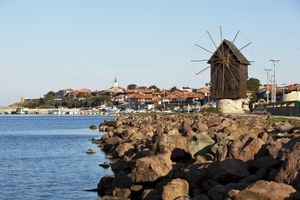
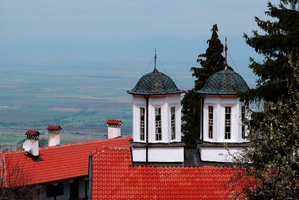
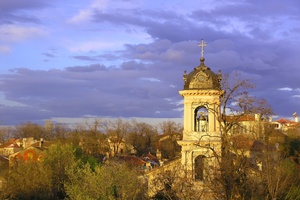
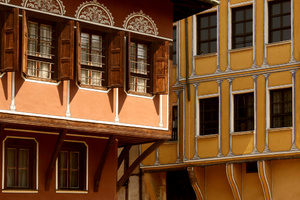
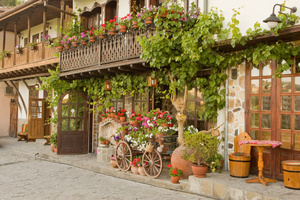
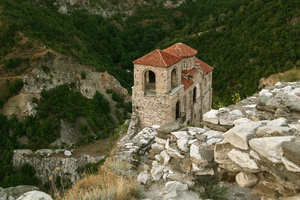
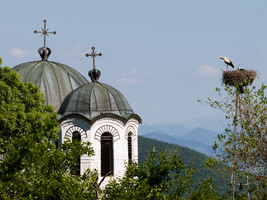 ` &else=`
` &else=`